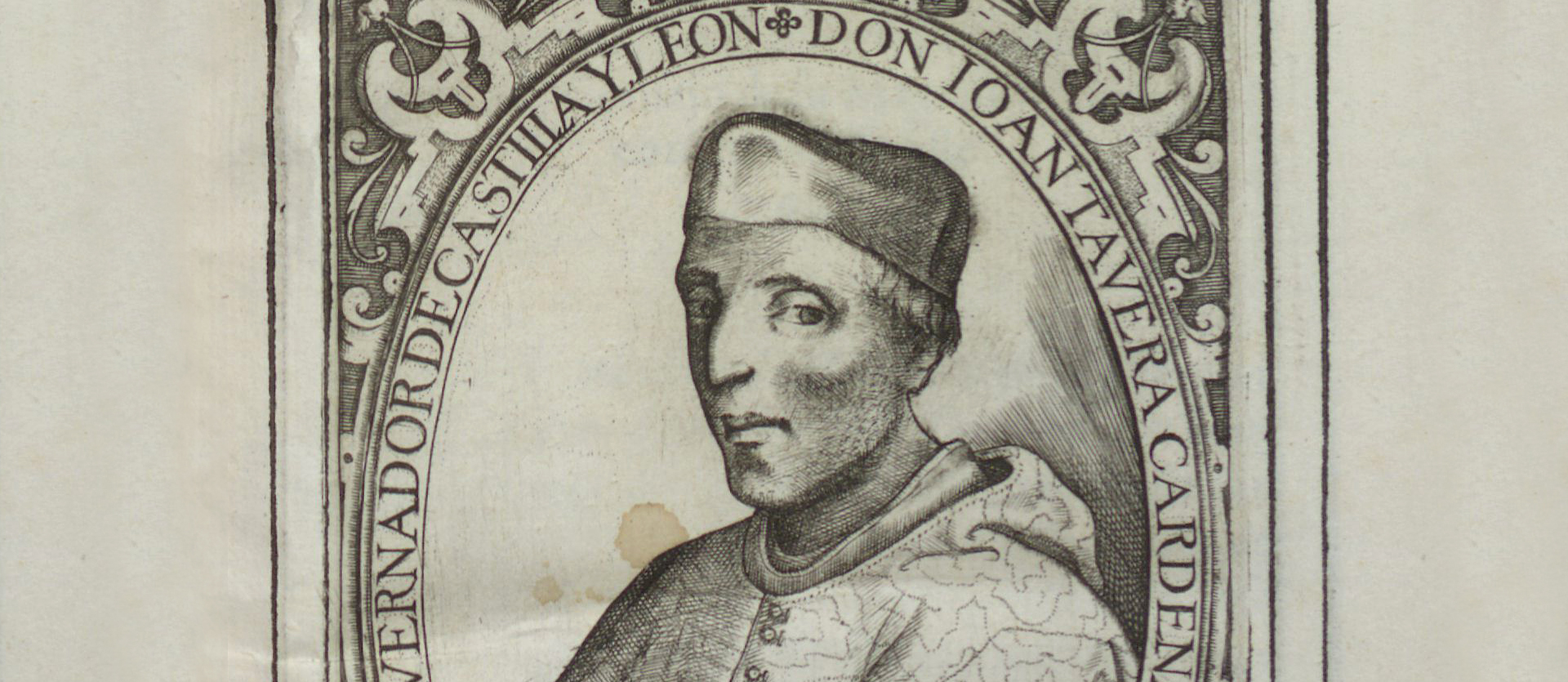The grille of the high altar
A work from Toledo
It is located under the great toral arch that acts as a weld between the nave and the rotunda, with the purpose of separating the prayer space of the faithful from that of the pantheon chapel. It was made in Toledo by Francisco de Villalpando and his brother Rui Díez del Corral, authors of the best Spanish Renaissance ironwork.. Francisco de Villapando made his name in the Imperial city by winning a competition organised by the archbishop of Toledo, Cardinal Tavera, for the construction of the grille of the main altar of the cathedral. [image1] [image1
The virtues rest on mythological themes
The grille, completed in 1555, as can be seen in the cartouche above the coat of arms of the founders, [fig. 2] is architecturally conceived in two sections of balusters topped by a complete entablature on which rests a crest. The iconography of the first section evokes mythological themes, such as the goddess Fortuna [fig. 3], and at the base of the doors, lion's heads take on an apotropaic function. The Christian message is reserved for the cresting, which is organised around four roundels representing three theological virtues, Faith, Hope and Charity [images 4 and 5] and a cardinal one, Justice and framed by a higher crown with the coat of arms of the founding couple, Don Francisco de los Cobos and Doña María de Mendoza.
It was dismantled during the Civil War and recovered in the port of Valencia, where it was apparently to be shipped to France. It was immediately restored and returned to its place, but instead of its original base, a new one was made by reusing the capitals with heraldic motifs from the palace of Francisco de los Cobos [fig. 6]. The original stone base, although deteriorated, has been preserved, so the purpose of the foundation is to return each of these elements to their original place, i.e. the capitals support the arches of the palace of Los Cobos and the base, the grille.

